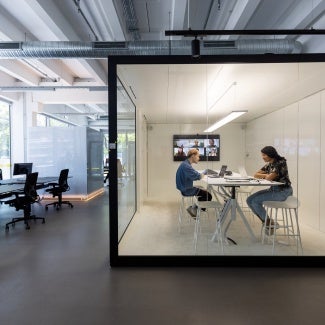Technology, Culture, & the Future of the Architectural Firm
Technology, Culture, & the Future of the Architectural Firm closes the knowledge gap between architects and the building products industry, so firms can better understand how technology impacts culture and operations.

Architects & the building products industry
Understanding the trends of technology adoption in architecture firms requires an end-to-end view into the business of design. Firm leaders can no longer assume that technology in practice refers to CAD, BIM, AR, VR, XR, drones, and project management/ERP systems. There’s more to the story that must be considered for many firms to grow and thrive.
Sales and marketing are often missed as opportunities for leaders to embrace technology. Further, there is a general acceptance that the “tried and true” technology available to manage projects is good enough or can’t be improved. Yet the time of the architect in practice is at a premium; they lack the time to devote to areas of practice that could change the trajectory of a project, or even that of the firm itself.
The firm’s pace of technology adoption also affects the rest of the design and construction ecosystem. When firms lag in the use of modern, efficient technology resources and tools, information flow suffers; collaboration becomes a struggle; and clients may choose to work with firms that are taking the lead in modernization through technology.
Most, if not all, large firms in the United States have the resources dedicated to ongoing development of technological capability. They also employ a large percentage of architects, so the perception may be that the “have nots” will continue to lag and fail to gain market share over bigger competitors. Technology, though, is the great leveler in terms of making small and mid-sized businesses in any industry take on the giants in their space. Finding a path to adoption of leading technologies that serve all aspects of the firm’s business is something all architects should be seriously exploring.
This report was commissioned by the AIA Manufacturers Council, a group of companies dedicated to closing the knowledge gap between architects and the building products industry. It is this relationship that we believe holds the key to innovation in the built environment. As we work toward a more symbiotic relationship between these two vital communities in the construction ecosystem, AIA looks to these companies for leadership, insight, and support to help our members create a blueprint for a better world.



